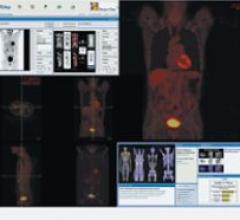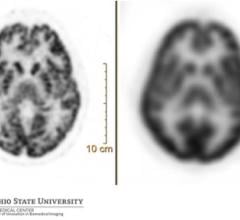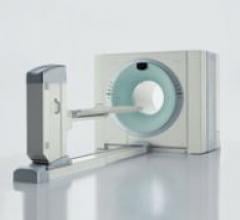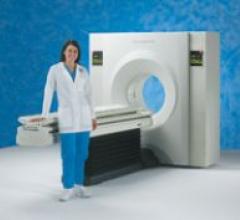Siemens will highlight the Biograph family of PET/CT systems, including the Biograph 64, which provides image quality ...
PET Imaging
Positron emission tomography (PET) is a nuclear imaging technology (also referred to as molecular imaging) that enables visualization of metabolic processes in the body. The basics of PET imaging is that the technique detects pairs of gamma rays emitted indirectly by a positron-emitting radionuclide (also called radiopharmaceuticals, radionuclides or radiotracer). The tracer is injected into a vein on a biologically active molecule, usually a sugar that is used for cellular energy. PET systems have sensitive detector panels to capture gamma ray emissions from inside the body and use software to plot to triangulate the source of the emissions, creating 3-D computed tomography images of the tracer concentrations within the body.
NumaServer is a tool that is capable of fast, secure transfer of large PET, PET/CT, new SPECT/CT and related image data ...
The standard version of PETLinQ is a Web-based tool for delivering PET images and reports to the referring physician’s ...
Digital technology is opening remarkable opportunities for clinical positron emission tomography (PET) about which ...
Siemens recently unveiled TruePoint technology for its Biograph family of hybrid PET/CT systems. Siemens anticipates ...
Hitachi's SceptreC Cardiac PET system designed specifically for cardiac PET, and may serve as an as an alternative ...
The field of molecular imaging continues to grow. GE Healthcare has already invested $160 million in the development of ...
Precision can have an enormous impact on patients. From diagnosis to patient monitoring (see “How Digital PET/CT Can ...

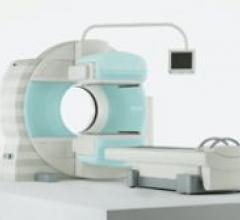
 June 27, 2006
June 27, 2006 

